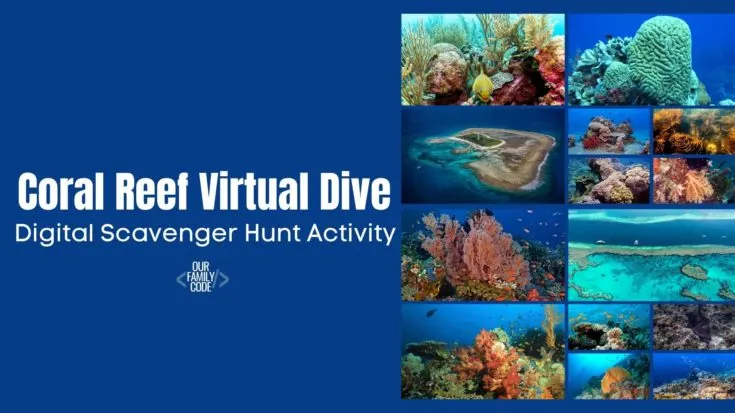Explore the seven wonders of the world and complete a latitude and longitude challenge using Google Earth!
We love to explore on Google Earth especially since we haven’t been able to travel at all over the last year. This activity will help students to better understand latitude and longitude while they search for the Seven Wonders of the World using Google Earth.
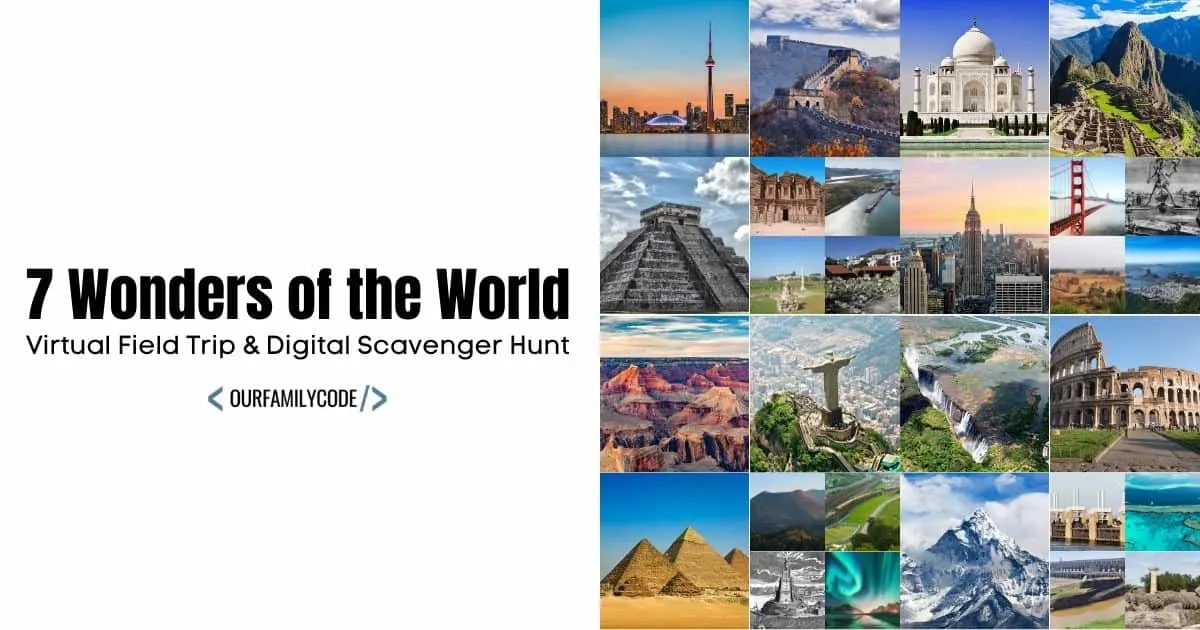
This post contains affiliate links. As an Amazon Associate, Our Family Code earns from qualifying purchases. Please see our Disclosure Policy for more details.
The New Seven Wonders of the World
The new seven wonders of the world were compiled over a period of six years in 2000 to update the list of seven wonders. People around the world cast more than 100 million votes to chose the new seven wonders, which were announced in 2007.
Click the link to travel the globe on Google Earth and visit the new seven wonders of the world: El Castillo; The Great Wall of China; The Khaznah in Petra, Jordan; Machu Picchu; Christ the Redeemer; Colosseum; and Taj Mahal.
El Castillo – Chichén Itzá
Chichén Itzá was the center of Mayan civilization located on the Yucatan Peninsula in Mexico. The most notable pyramid is El Castillo, which rises 79 feet above the main plaza.
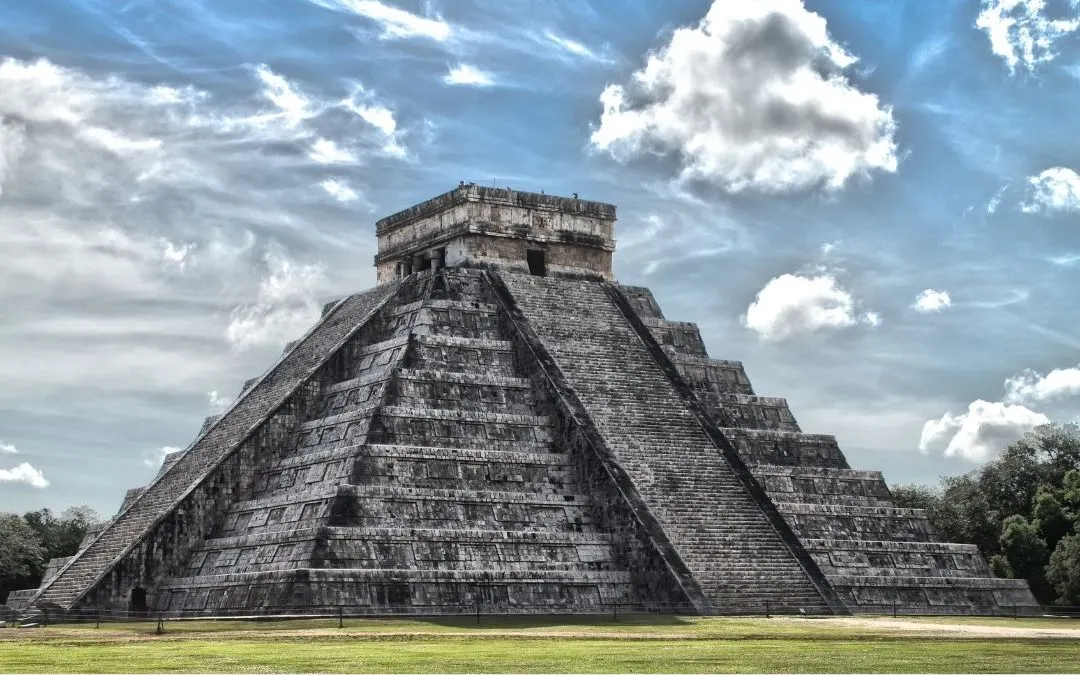
The Great Wall of China
The Great Wall of China is a 4,160-mile wall that was built to protect China from invading Huns, Mongols, and other tribes. Construction on the wall began in the 7th century B.C. and took hundreds of years to build. It is one of the world’s largest man-made structure and is the only man-made structure visible from space.
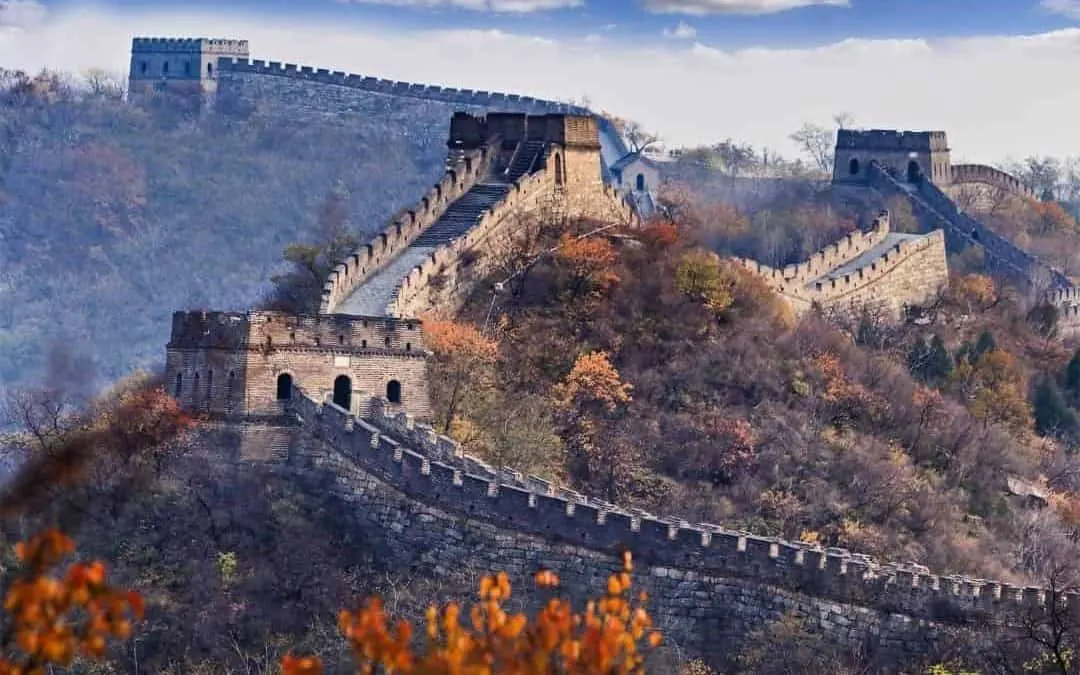
The Khaznah – Petra, Jordan
The Khaznah, “Treasury”, is an ancient city located in Petra, Jordan. The city was nestled among sandstone mountains and cliffs and had its own water system that was constructed for use in large gardens and farming.
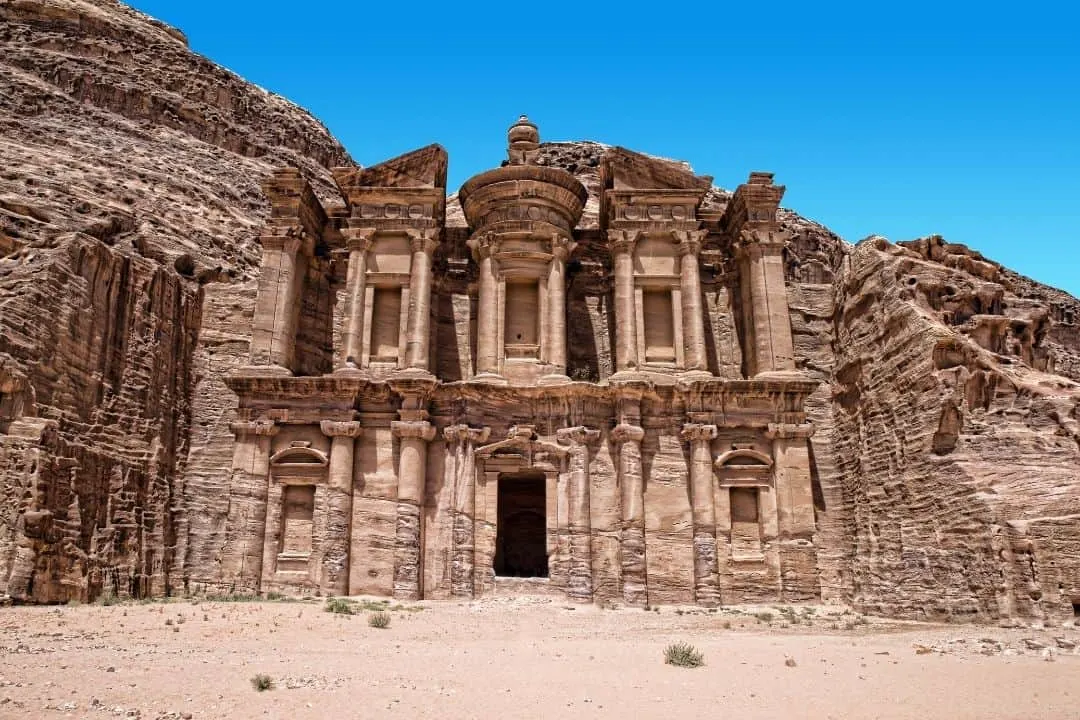
Machu Picchu – Peru
Machu Picchu was built 8,000 feet above sea level in the 15th century by the Incan emperor Pachacutec. The city was abandoned by the Incas and was discovered in 1911 by Hiram Bingham. The purpose of Machu Picchu is unknown.
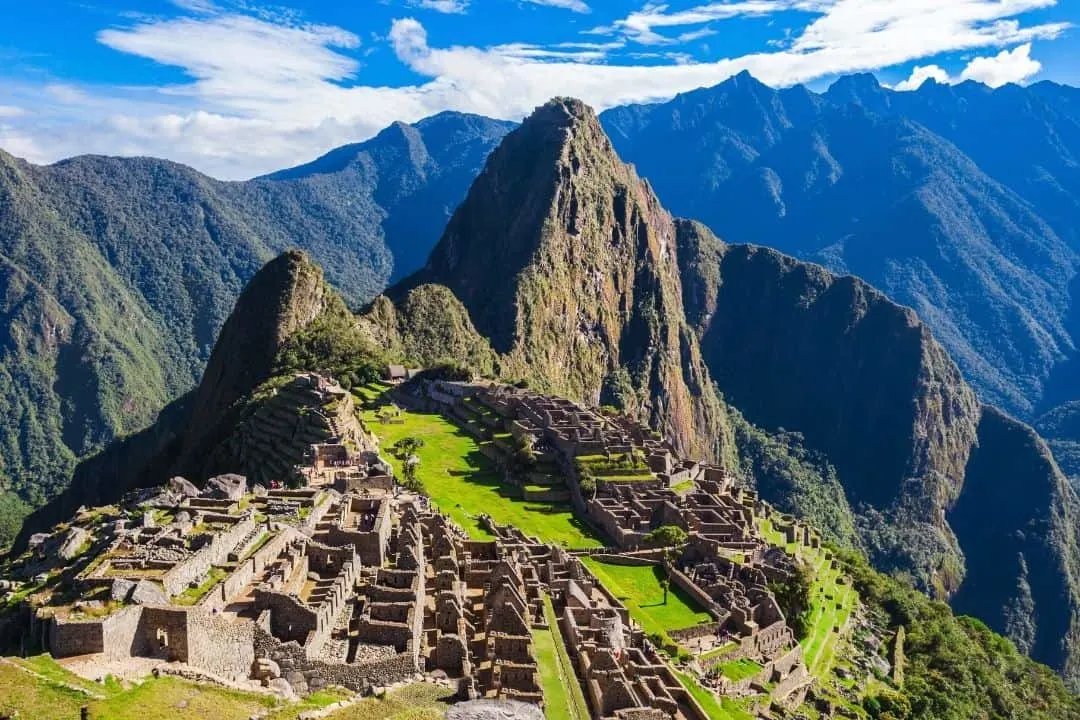
Christ Redeemer Statue – Brazil
Christ the Redeemer statue stands atop Mount Corcovado in Rio de Janeiro, Brazil. The monument stands 98 feet tall with a base of 26 feet high. The outstretched arms of Jesus span 92 ft. It is the largest Art Deco sculpture in the world.
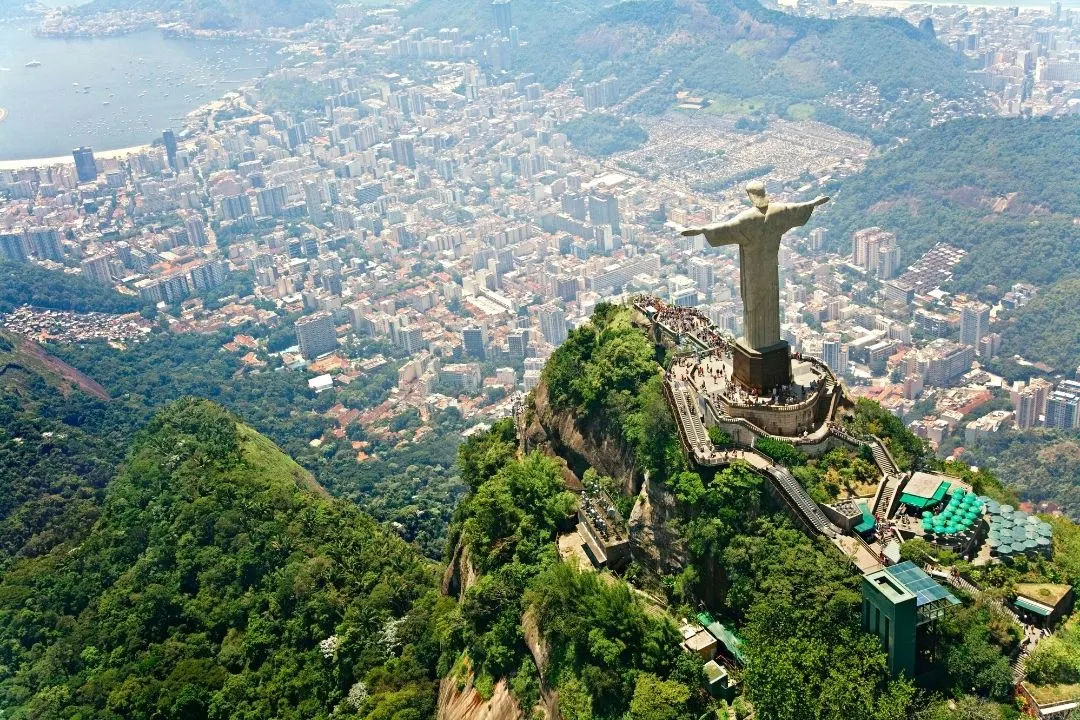
The Colosseum – Italy
The Colosseum in Rome was built by the Emperor Vespasian in the first century. The amphitheater measures 620 by 513 feet and has a complex system of vaults. The stadium was built to hold nearly 50,000 spectators for events including gladiator fights.
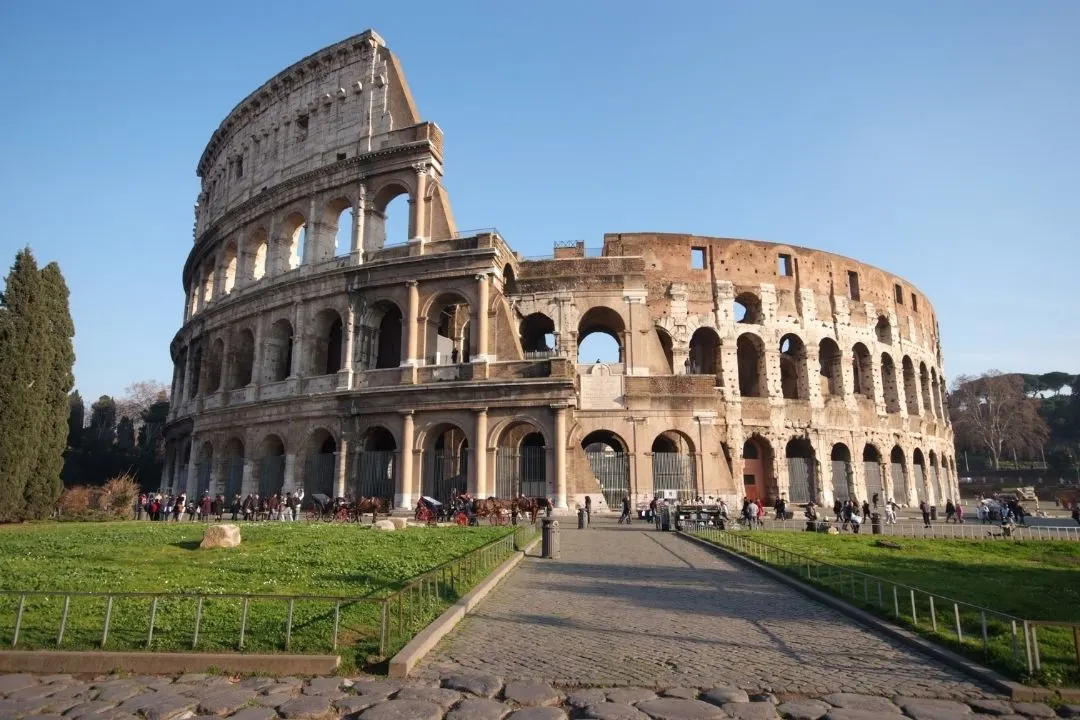
Taj Mahal – India
The Taj Mahal was built in 1630 by emperor, Shah Jahan to honor his dead wife. The white marble structure is an example of Mughal architecture that took about 22 years and 20,000 workers to construct.
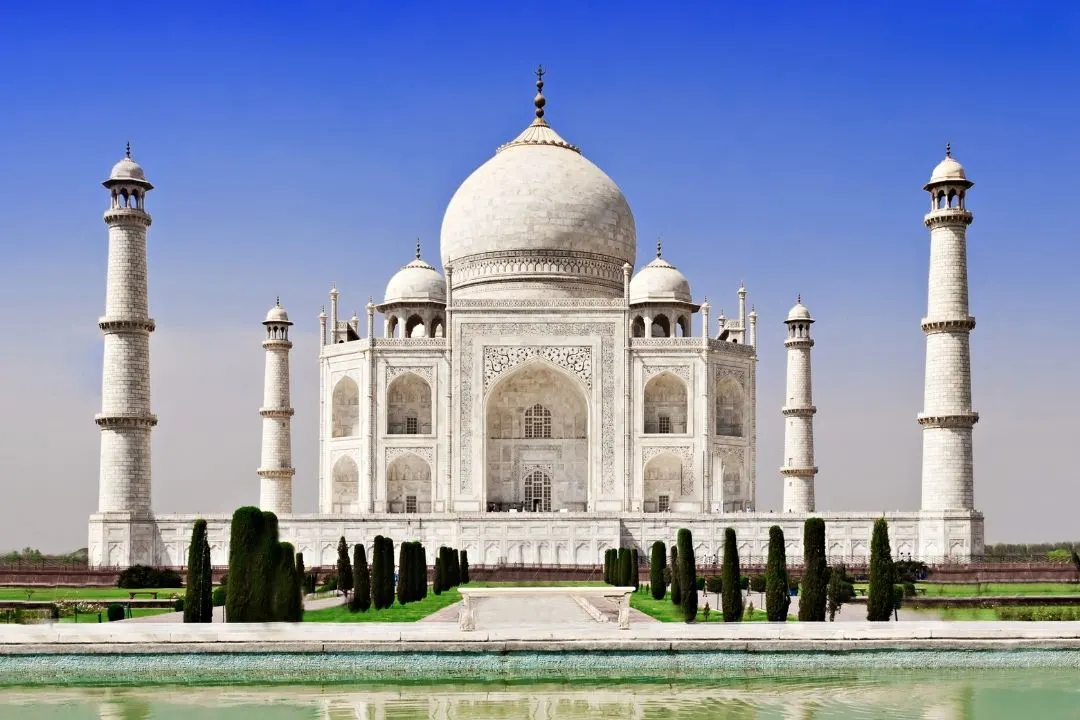
The Seven Ancient Wonders of the World
The seven ancient wonders of the world were first put together in the 2nd century B.C. The only wonder still standing today is the Great Pyramid of Giza.
The ancient wonders include: Great Pyramid of Giza, Hanging Gardens of Babylon, Statue of Zeus at Olympia, Temple of Artemis, Mausoleum of Maussollos, Colossus of Rhodes, and Lighthouse of Alexandria.
Travel the globe and visit the ancient sites of the seven wonders of the ancient world with our Google Earth tour!
Hanging Gardens of Babylon
The Hanging Gardens of Babylon were supposedly built by King Nebuchadnazzer around 600 B.C. in Mesopotamia, south of present day Baghdad, Iraq.
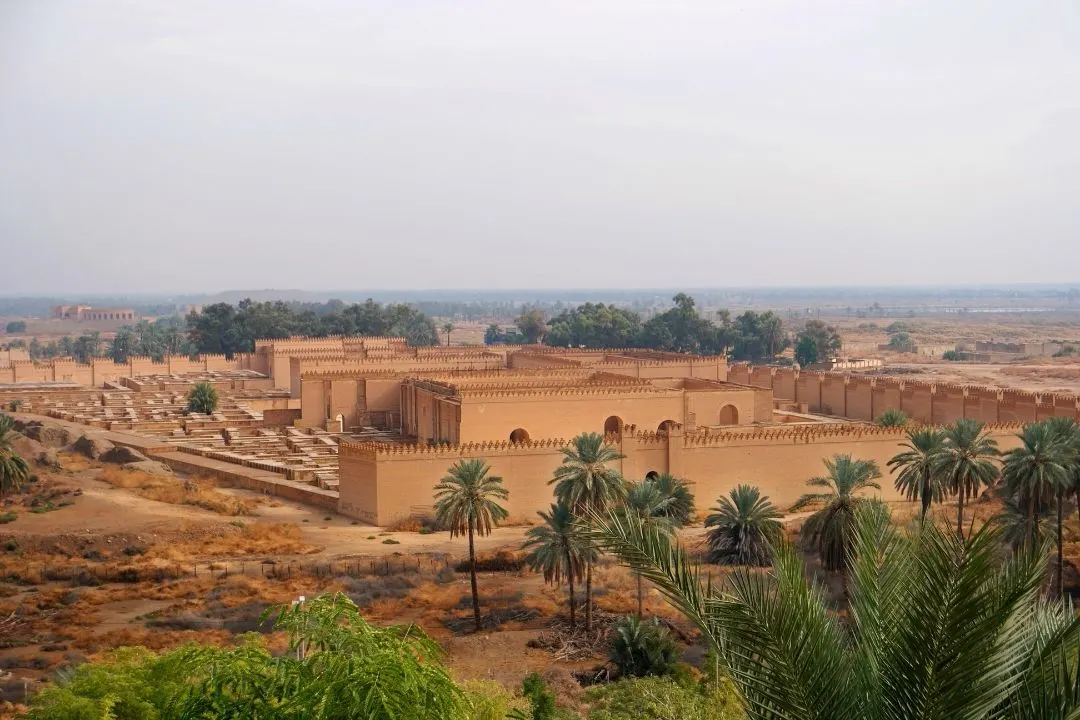
The Pyramids of Giza
The Great Pyramid of Giza is the oldest of the seven wonders and is the only ancient wonder still standing today. The three pyramids, Khufu, Khafra, and Menkaura are located in Giza, Egypt.
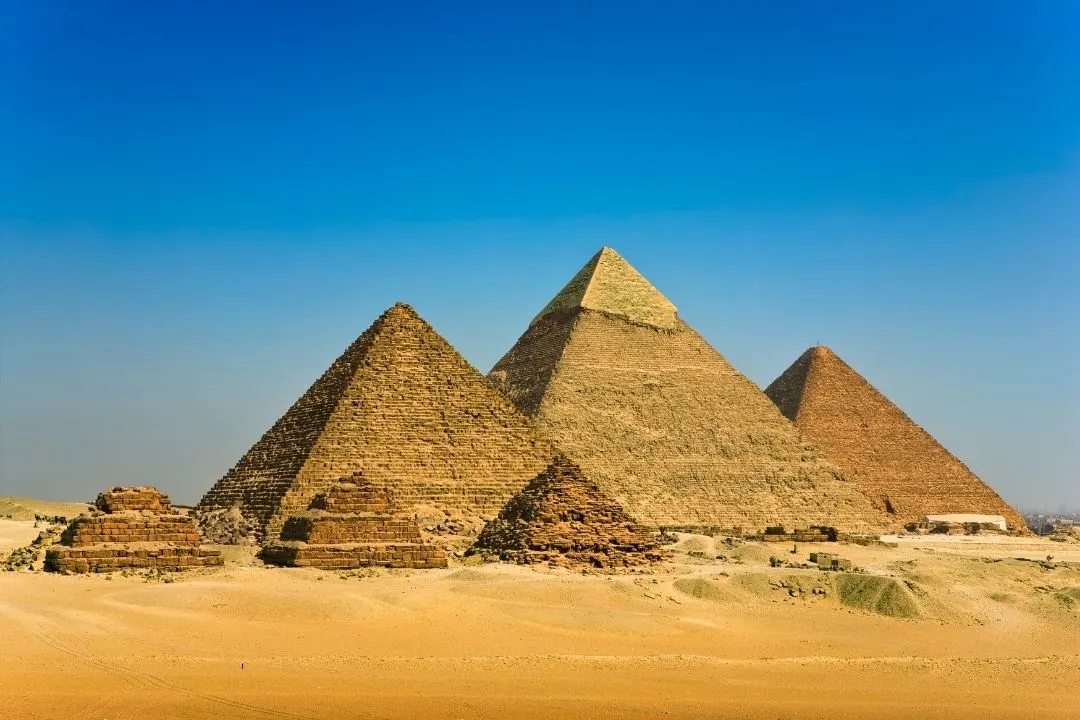
Statue of Zeus at Olympia
The Statue of Zeus was a 40 foot tall statue made from gold and ivory. It was built in Olympia, Greece in the 5th century B.C. by Phidias.
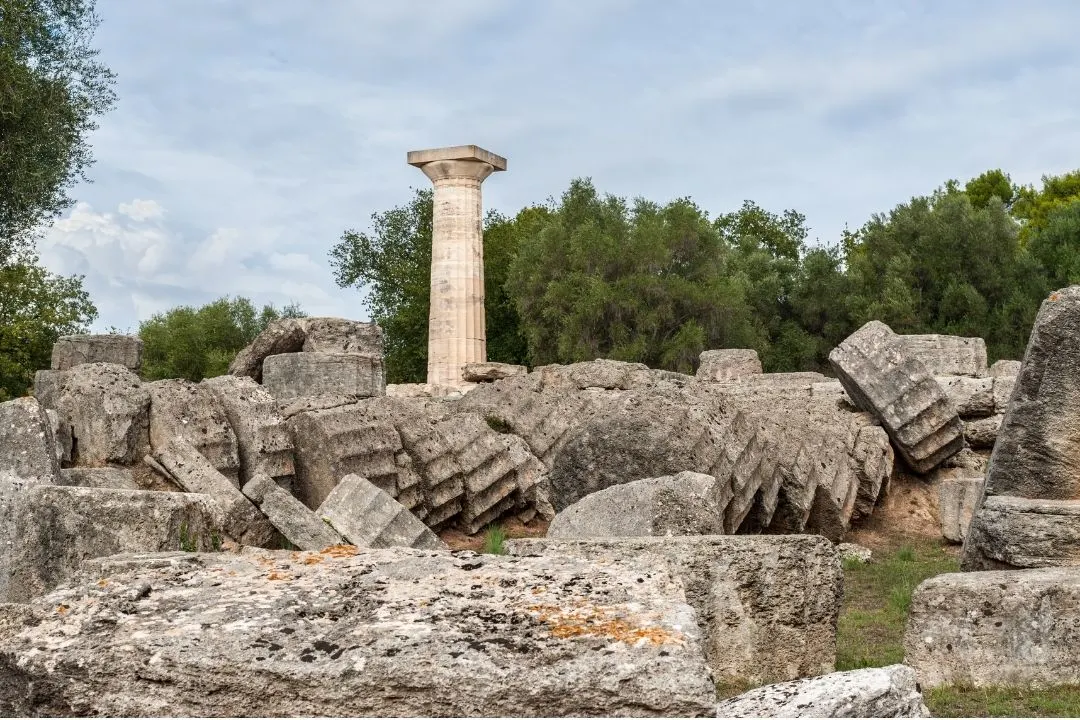
Temple of Artemis at Ephesus
The Temple of Artemis is a marble structure that was built before 350 B.C. in honor of the goddess Artemis. It was located in Ephesus (present day Turkey).
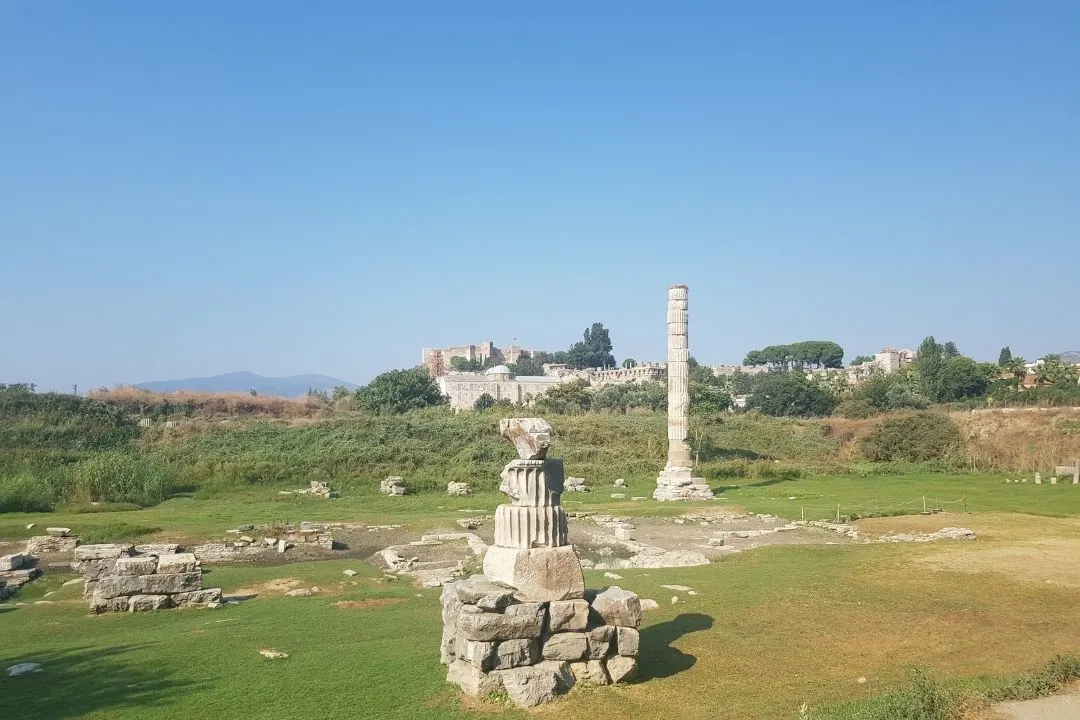
Mausoleum at Halicarnassus
The Mausoleum at Halicarnassus was built by Queen Artemisia to honor her husband, King Mausolus of Caria in Asia Minor (present day Turkey) who died in 353 B.C.
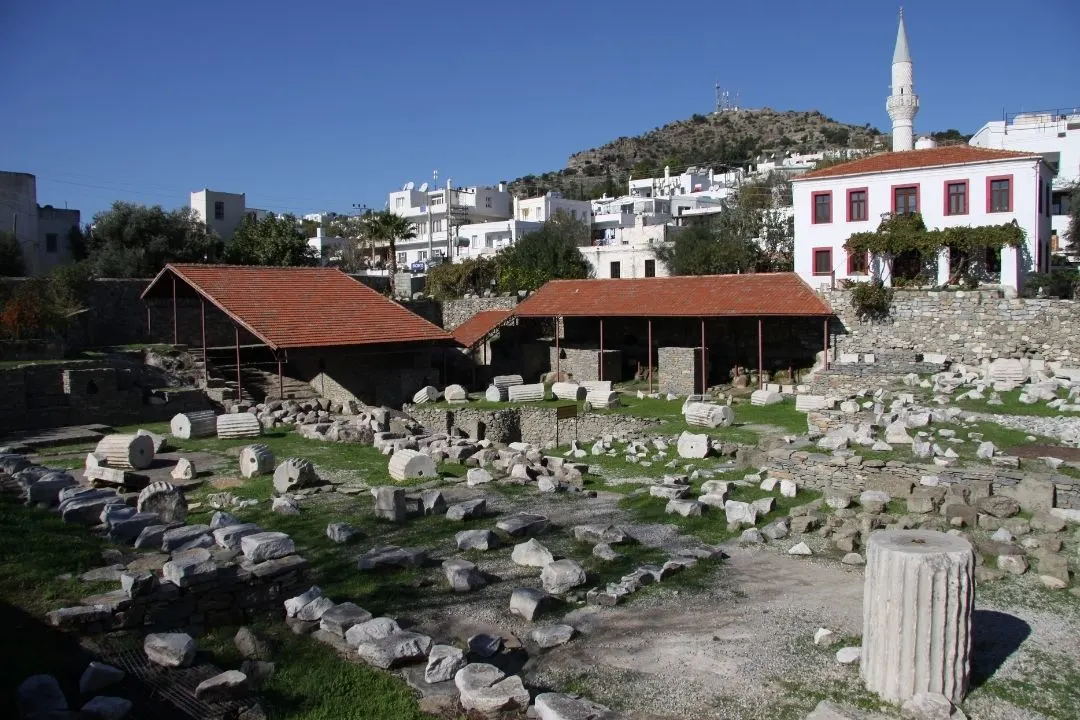
Colossus of Rhodes
The Colossus of Rhodes was built to commemorate the raising of the siege of Rhodes with a bronze statue of Apollo. The statue was nearly 105 feet high and was the work of sculptor Chares. It took 12 years to build and was finished in 280 B.C.
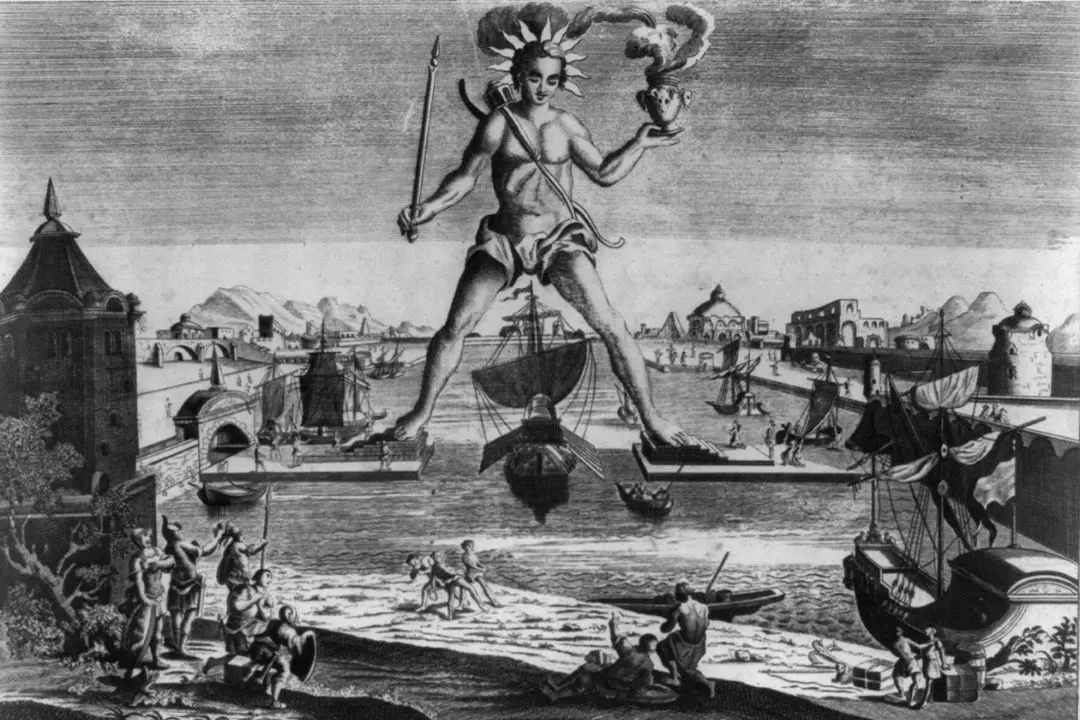
Lighthouse of Alexandria
The Lighthouse of Alexandria was built for Ptolemy II in about 280 B.C. The lighthouse is called the Pharos, which is the name for “lighthouse” in many European languages. It was destroyed by an earthquake in the 13th century.

The Seven Modern Wonders of the World
The seven modern wonders of the world were chosen by the American Society of Civil Engineers. This list celebrates monumental engineering and construction feats of the 20th century.
Empire State Building
The Empire State building was built in 1931 in New York City. The building is 1,250 ft and 102-stories tall. The Empire State building was the world’s tallest building until the first World Trade Center building was completed.
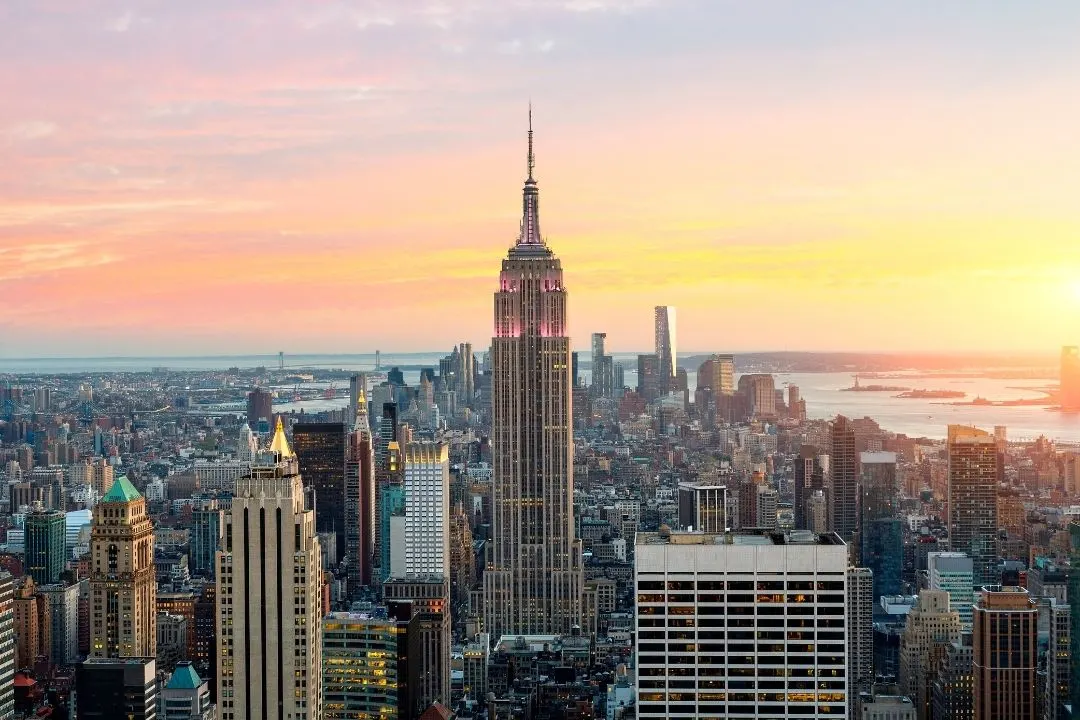
Itaipu Dam
Itaipu Dam is the world’s largest hydroelectric power plant built by Brazil and Paraguay on the Parana River. It was completed in 1991 after 16 years of work building a series of dams that have a total length of 8,469 yards.
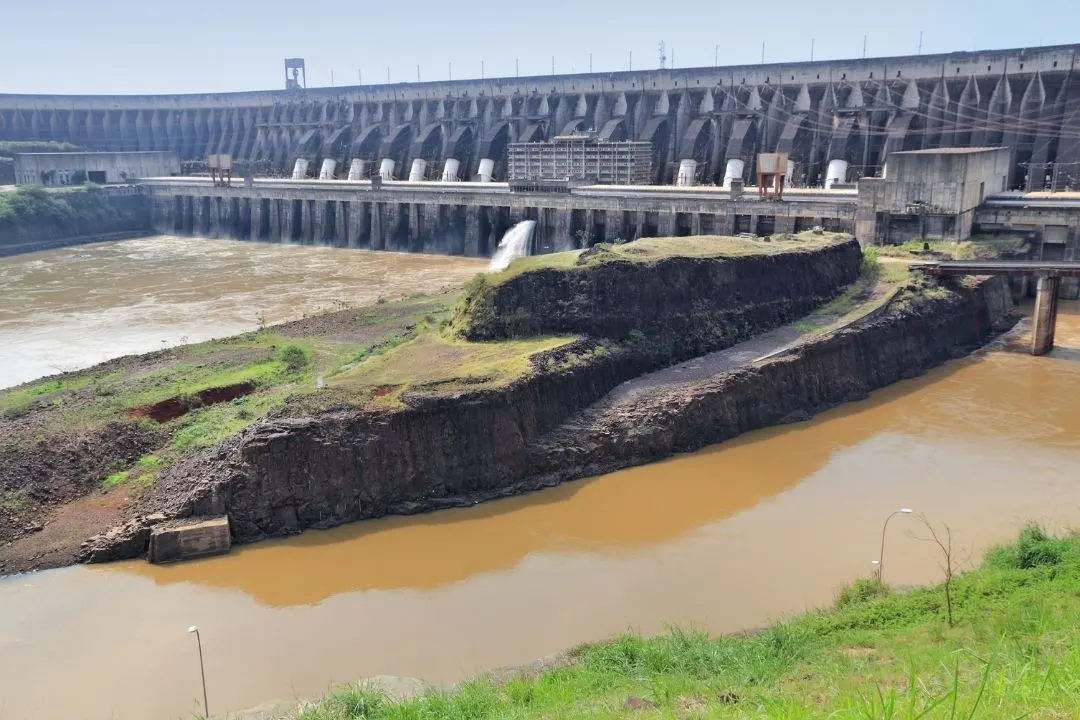
CN Tower
The CN Tower is located in Downtown Toronto, Ontario, Canada. It is 1,815 ft tall with 147 floors. It was completed in 1976.
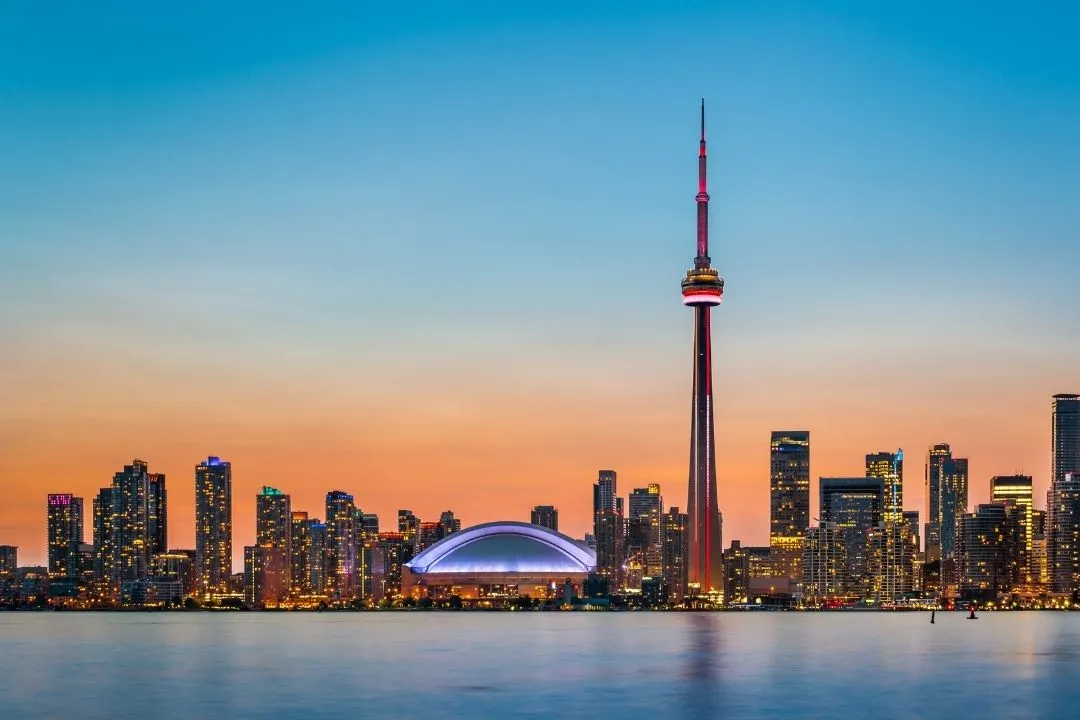
Panama Canal
This 50-mile long canal across the Isthmus of Panama took 34 years to build. It was the most expensive project in American history as well as the most deadly with nearly 80,000 dying during construction.
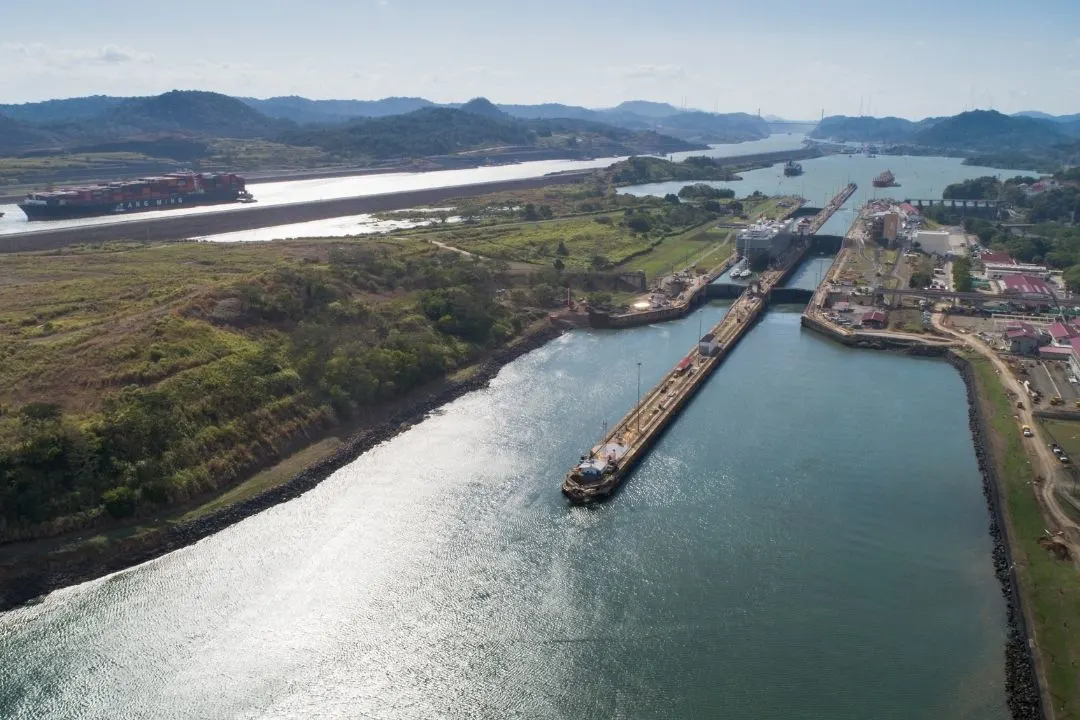
Channel Tunnel
The Channel Tunnel is a 31 mile long tunnel that connects France and England used by high-speed trains. The tunnel, also called the Chunnel, opened in 1994. There are 23 miles of the Chunnel that are 150ft beneath the seabed of the English Channel.
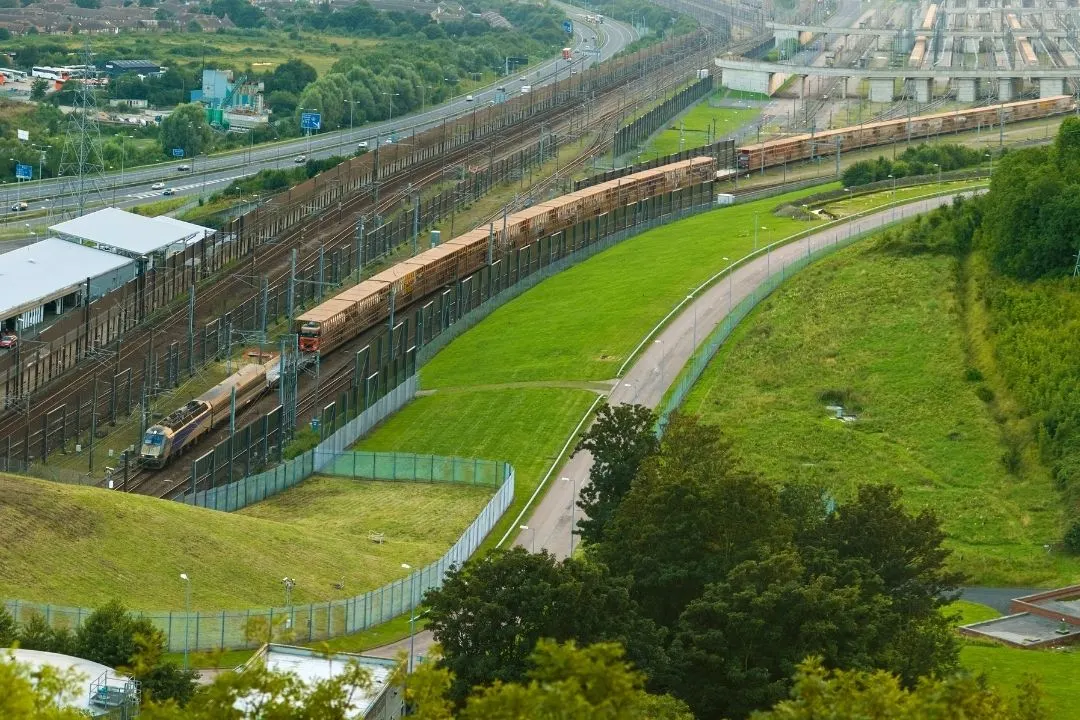
Delta Works: Oosterscheldekering
In 1953, the Netherlands began work on the world’s largest flood protection project known as Delta Works. This series of dams, floodgates, and surge barriers have been built to keep the sea from flooding the country. The Delta Works consists of over 16,500 kilometers of dams, 300 structures, and 1,650 sq. km of reclaimed land.
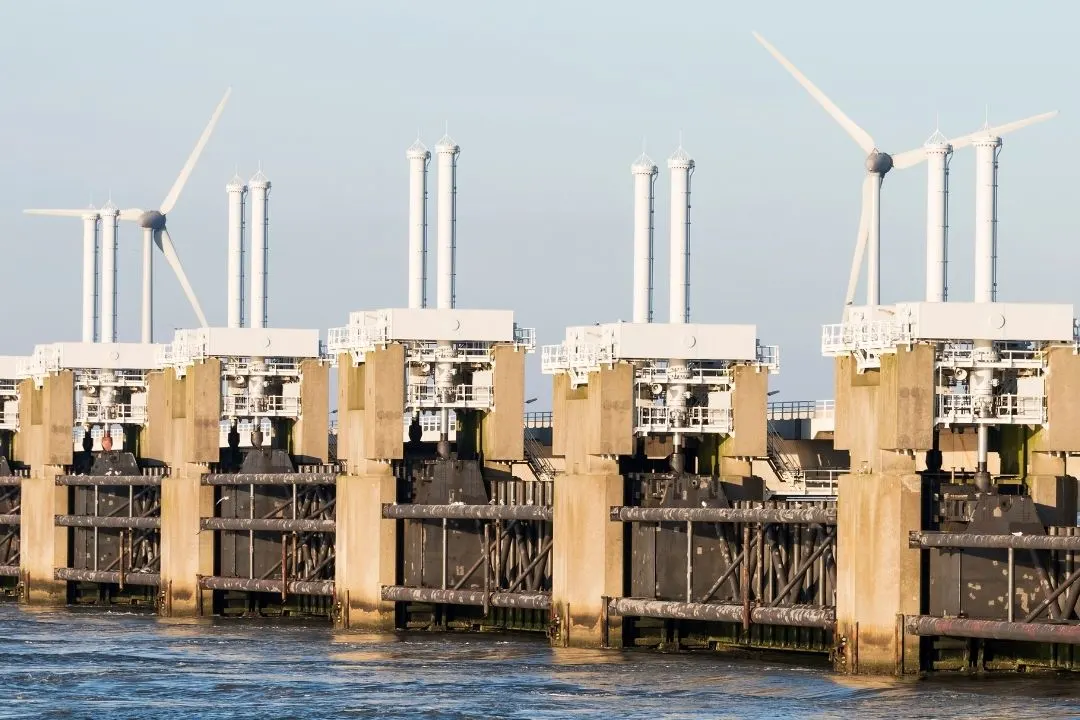
Golden Gate Bridge
The Golden Gate Bridge was built in 1937 to connect San Francisco and Marin County. For many years, it was the longest suspension bridge in the world. The bridge is held by 80,000 miles worth of steel wire and utilizes the largest cables made in the world (36.5 in in diameter!) to connect the two towers.
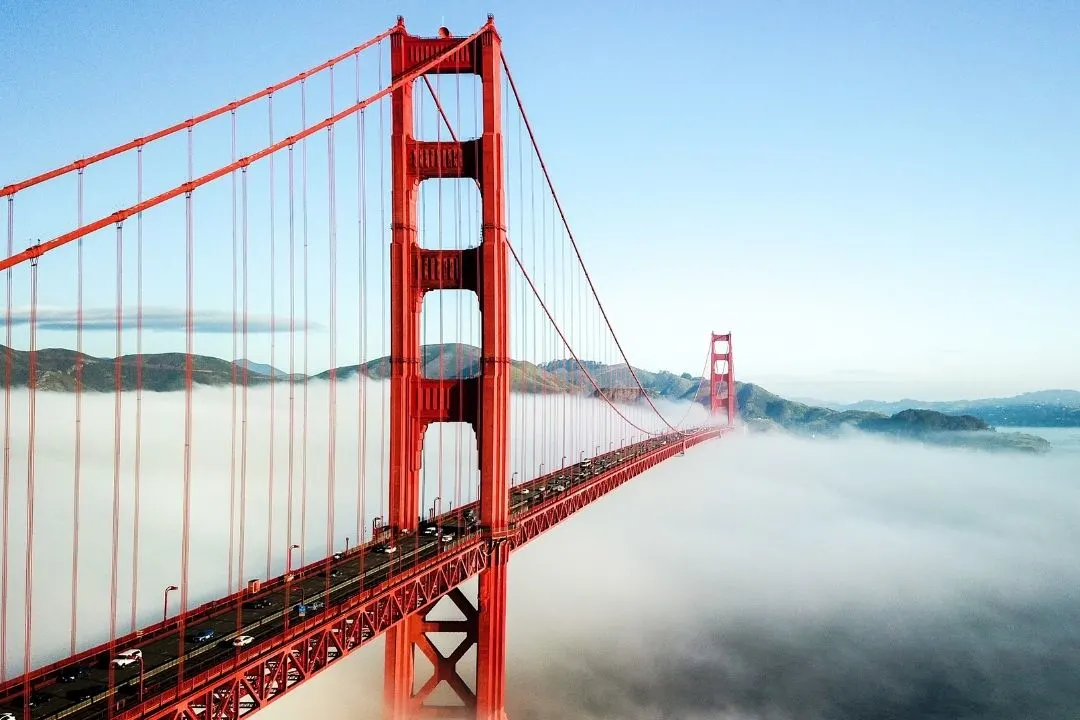
The Seven Natural Wonders of the World
The seven natural wonders of the world are found on five different continents and are renowned for their natural beauty.
The seven natural wonders of the world include: Grand Canyon, Great Barrier Reef, Guanabara Bay, Mt Everest, Northern Lights in Aurora, Paricutin volcano, and Victoria Falls.
Grand Canyon
The Grand Canyon is located in North America. The canyon exists due to erosion and was formed by water, ice, and wind. It is 277 miles long with widths up to 18 miles wide and depths of 1 mile deep.
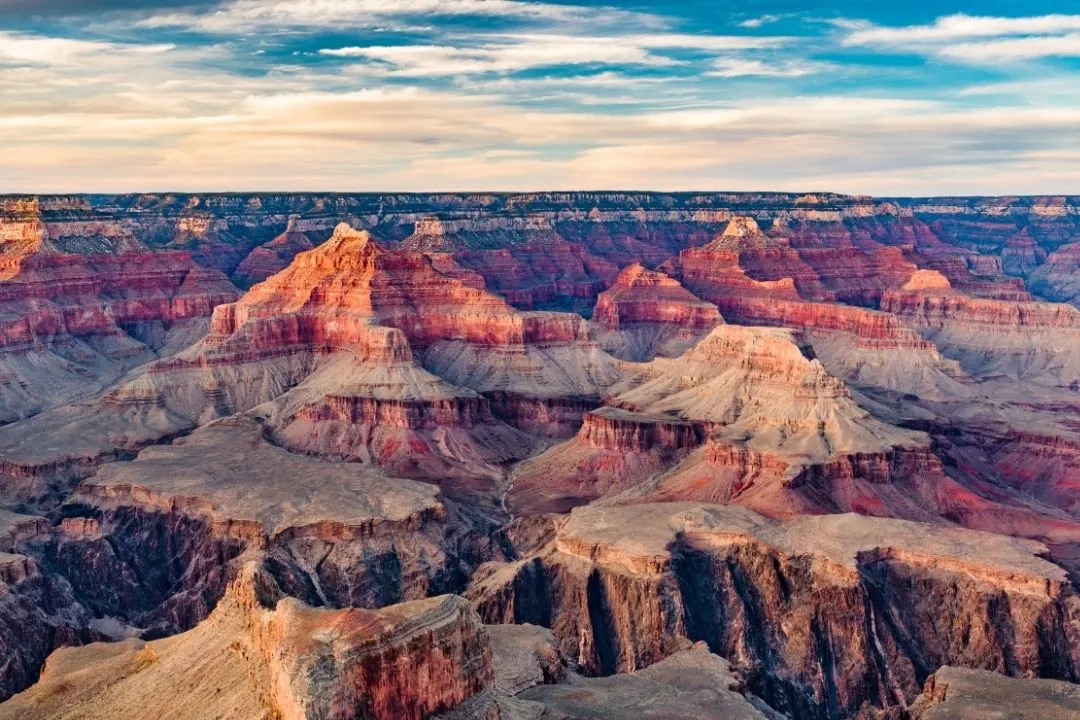
Great Barrier Reef
The Great Barrier Reef is located along the northeast coast of Queensland, Australia. The reef covers an area of nearly 214,000 square miles and is the only living organism that is visible from space.
The Great Barrier Reef is the world’s largest coral reef ecosystem with approximately 2,900 individual reefs in its 1,615 miles. It is home to a variety of endangered species.
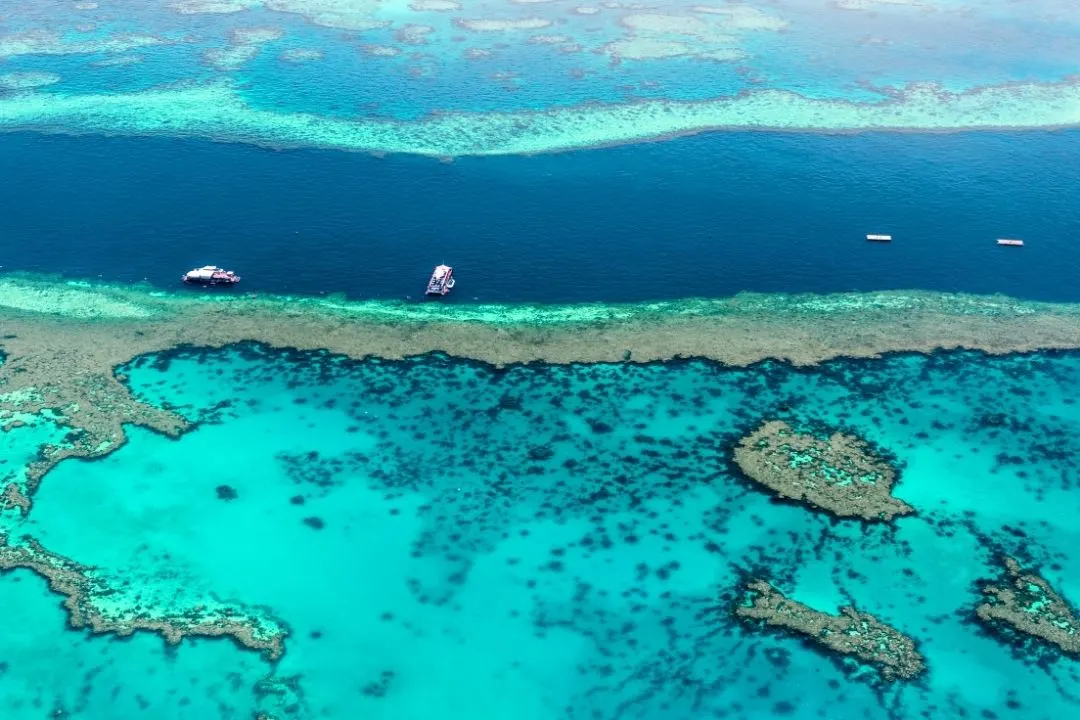
Mount Everest
Mount Everest is considered to be the highest mountain in the world and continues to grow at a rate of a few millimeters annually. Everest is located in the Himalayas.
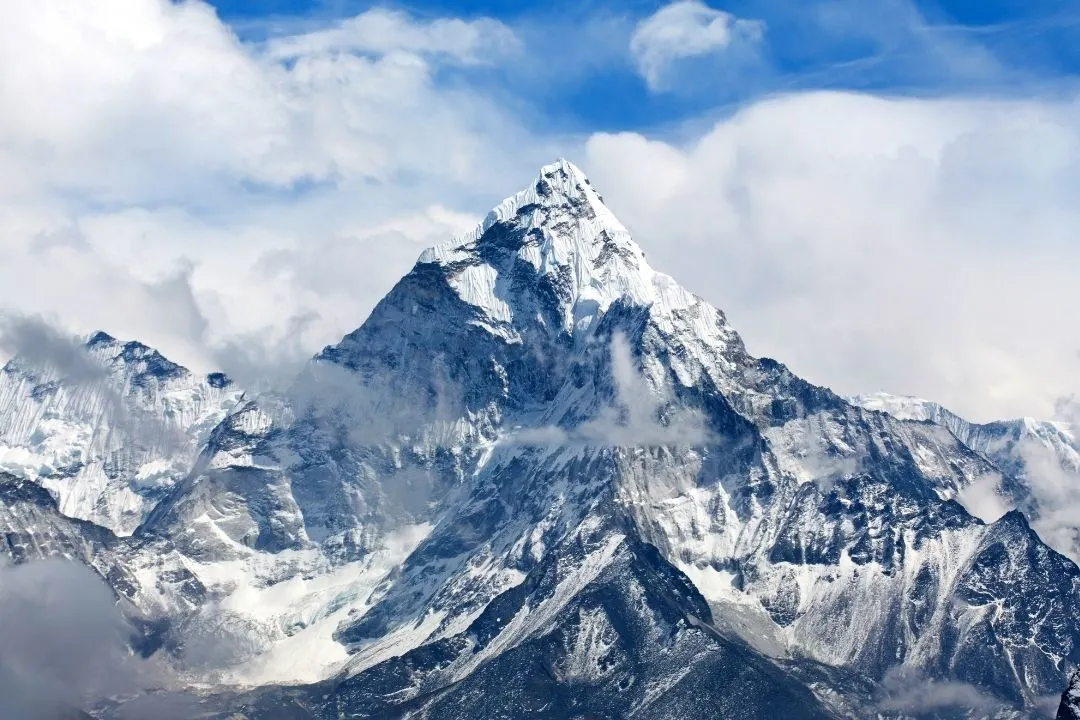
Harbour of Rio de Janeiro
The Harbour of Rio de Janeiro, Guanabara Bay, is considered the largest bay in the world. The bay is surrounded by mountains, which create an entrance into the bay.
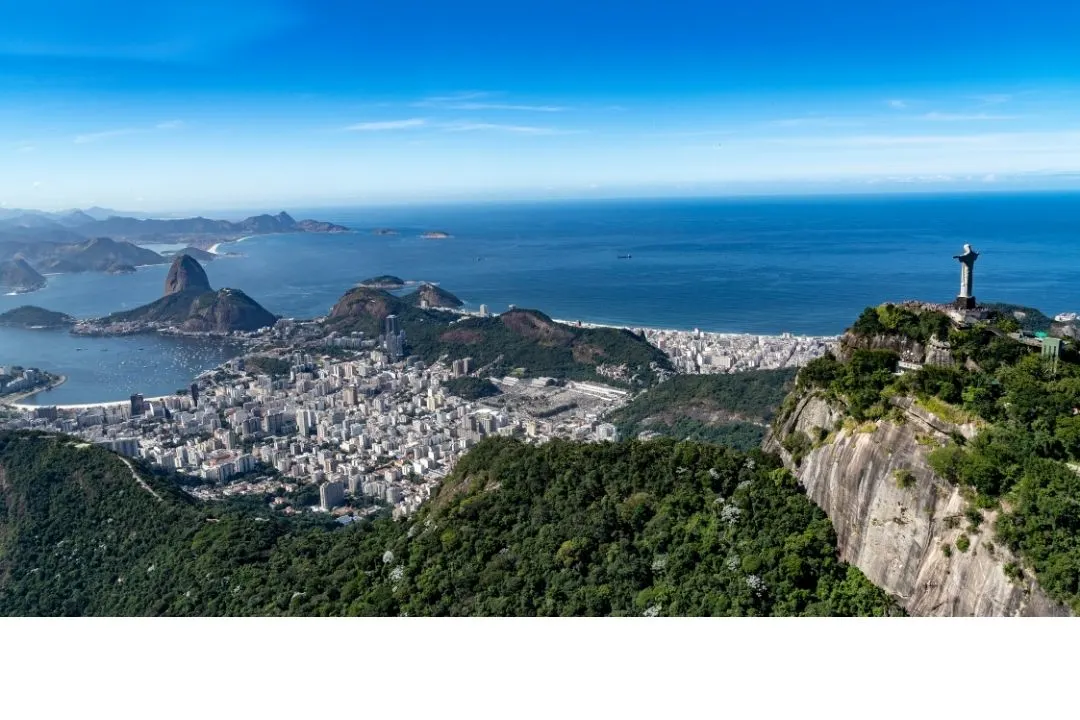
Northern Lights – Aurora Borealis
The Aurora Borealis, or Northern Lights, are among the natural wonders of the world. The Northern Lights appear in the North sky and are only visible from the Northern Hemisphere.
They appear from September to October and then again from March to April. You can view the livestream of the Aurora Borealis during these months on Google Earth.
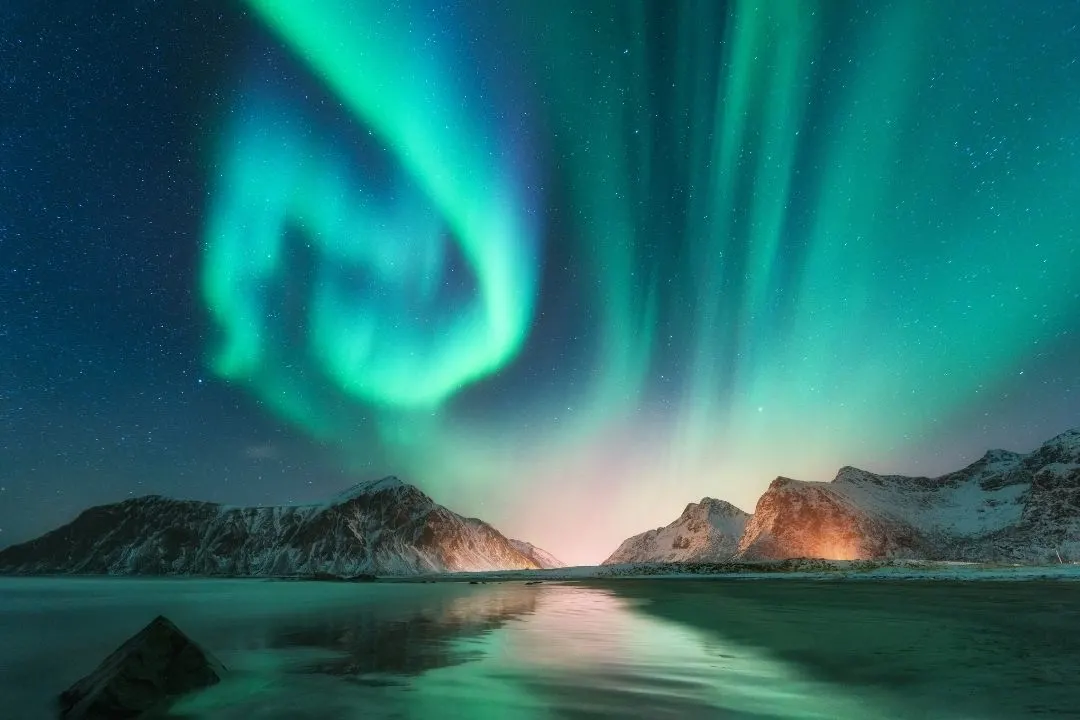
Parîcutin Volcano
The Parîcutin Volcano last erupted in 1943 in the state of Michoacán, Mexico. The Parîcutin is a cylinder cone, monogenetic cone, which means that it stems from a single point of eruption.
The volcano is 1,345 feet above ground. Its hardened lava covers nearly 9 square miles and its volcanic sand reaches 19 square miles.
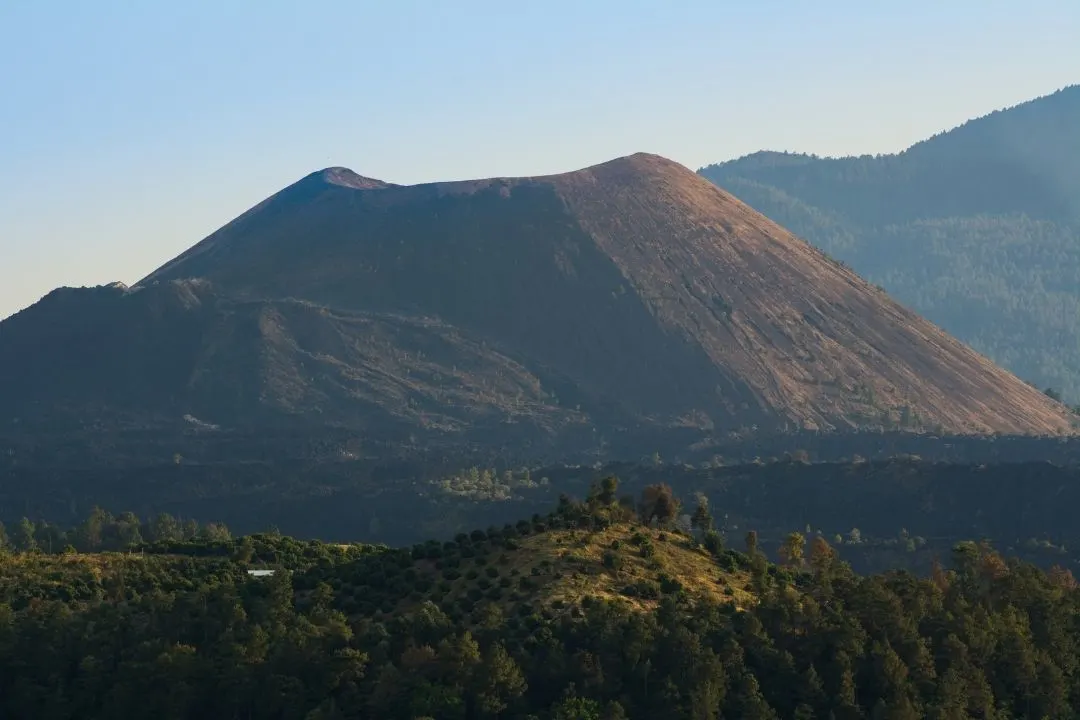
Victoria Falls
Victoria Falls is located in southern Africa and is home to the largest waterfall in the world. The Falls are created by the Zambezi river that flows across a flat plateau that extended hundreds of miles in all directions.
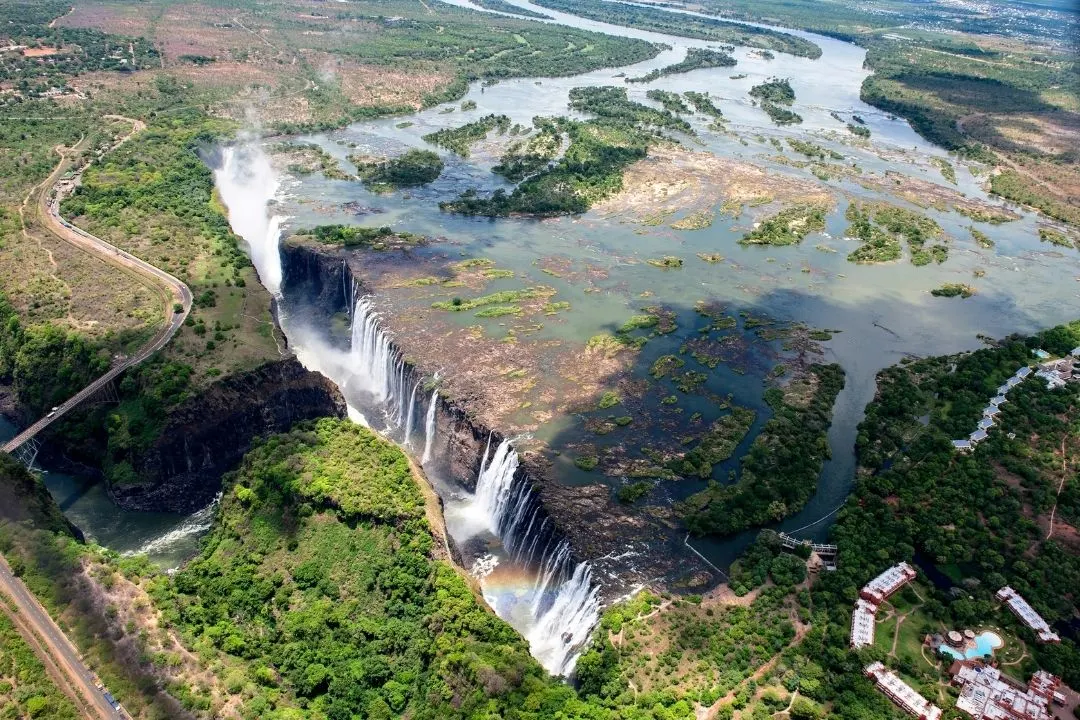
Wonders of the World Latitude Longitude Challenge
We made four separate activities, one for each group of Wonders of the World. To get started, select the activity sheet below and download it or share it with students virtually.
The goal is for students to utilize Google Earth to enter longitude and latitude to complete each worksheet. If you have visited the Google Earth tours above, all of the locations are marked for you.
Complete the Wonders of the World worksheets
Students will enter longitude and latitude enter the “Search” bar on Google Earth. They will be transported to the destination where they must determine which place is shown, where it is located, and match it to the picture in the last column.
For some extra fun, click to street view while visiting each “Wonder” and explore a little!
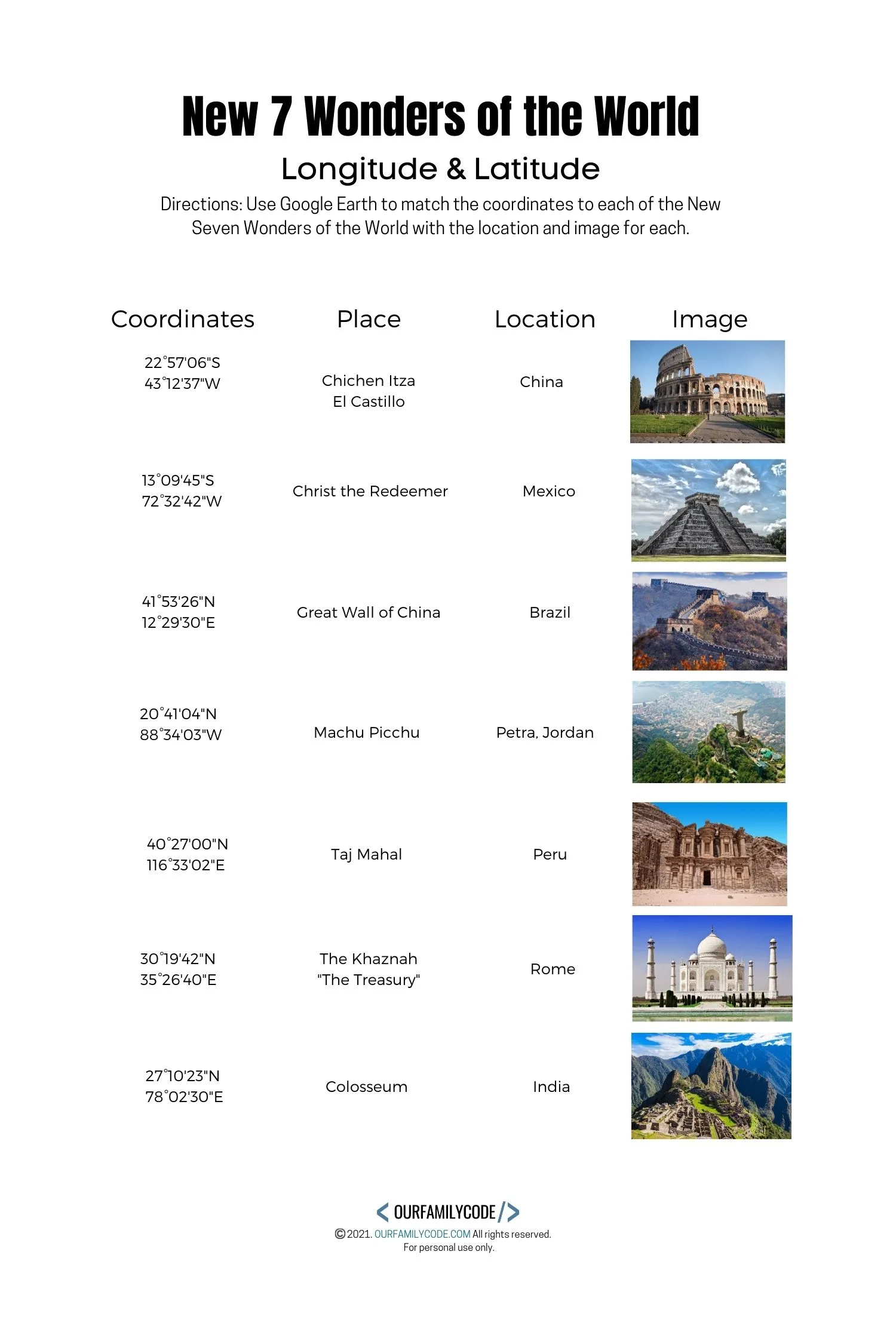
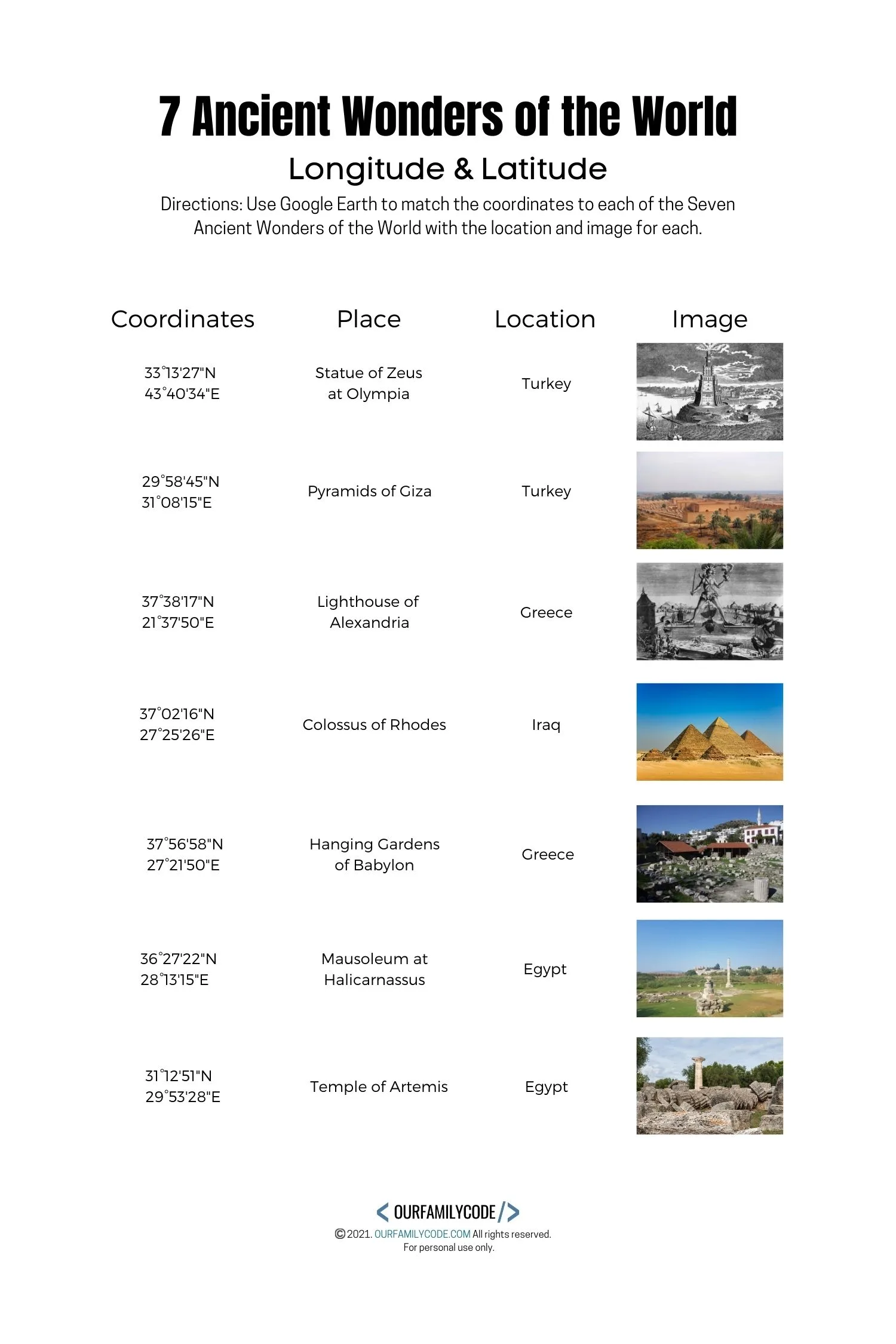
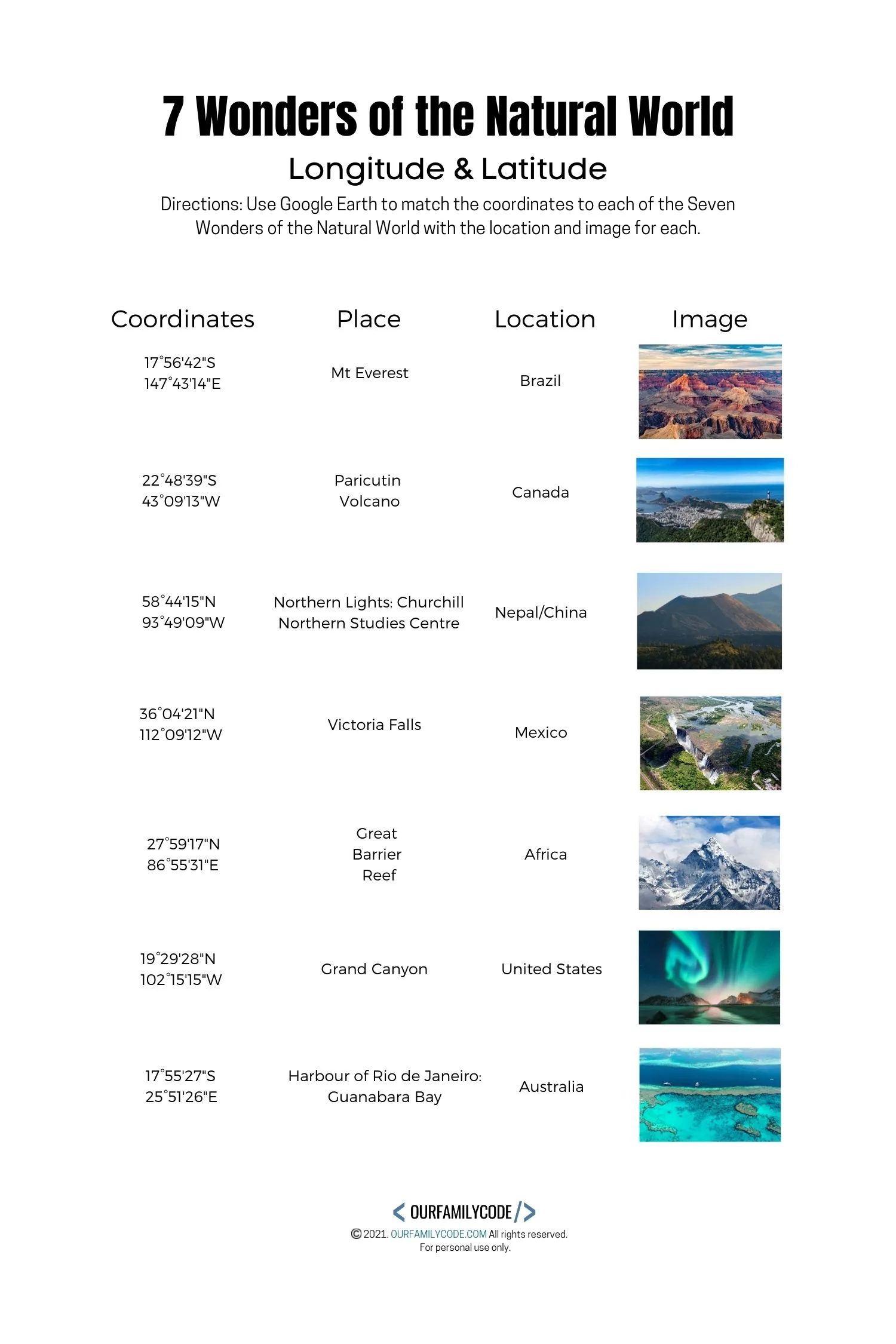
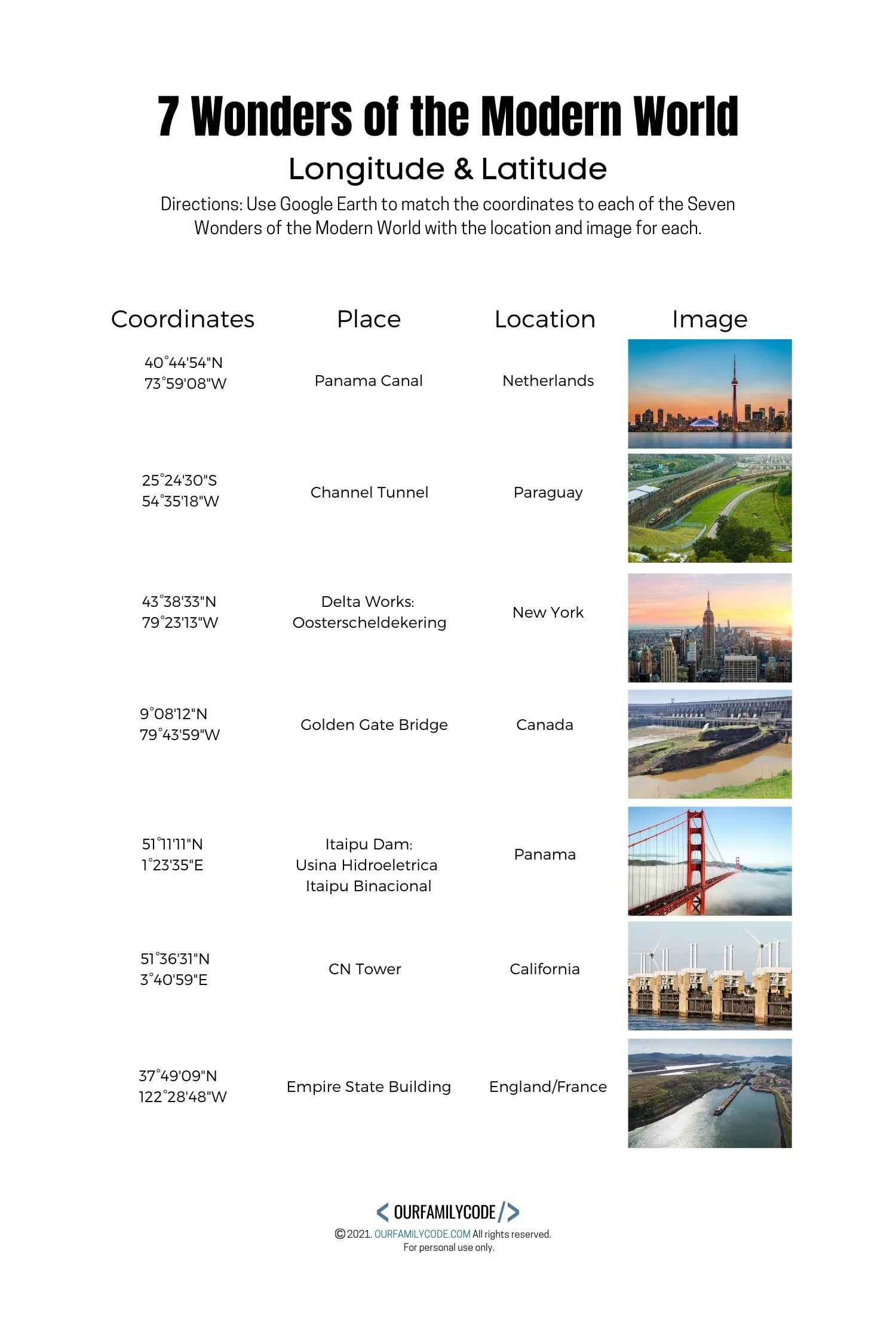
Don’t forget the answer key!
<<CLICK HERE TO DOWNLOAD THE ANSWER KEY FOR ALL OF THE WORKSHEETS>>
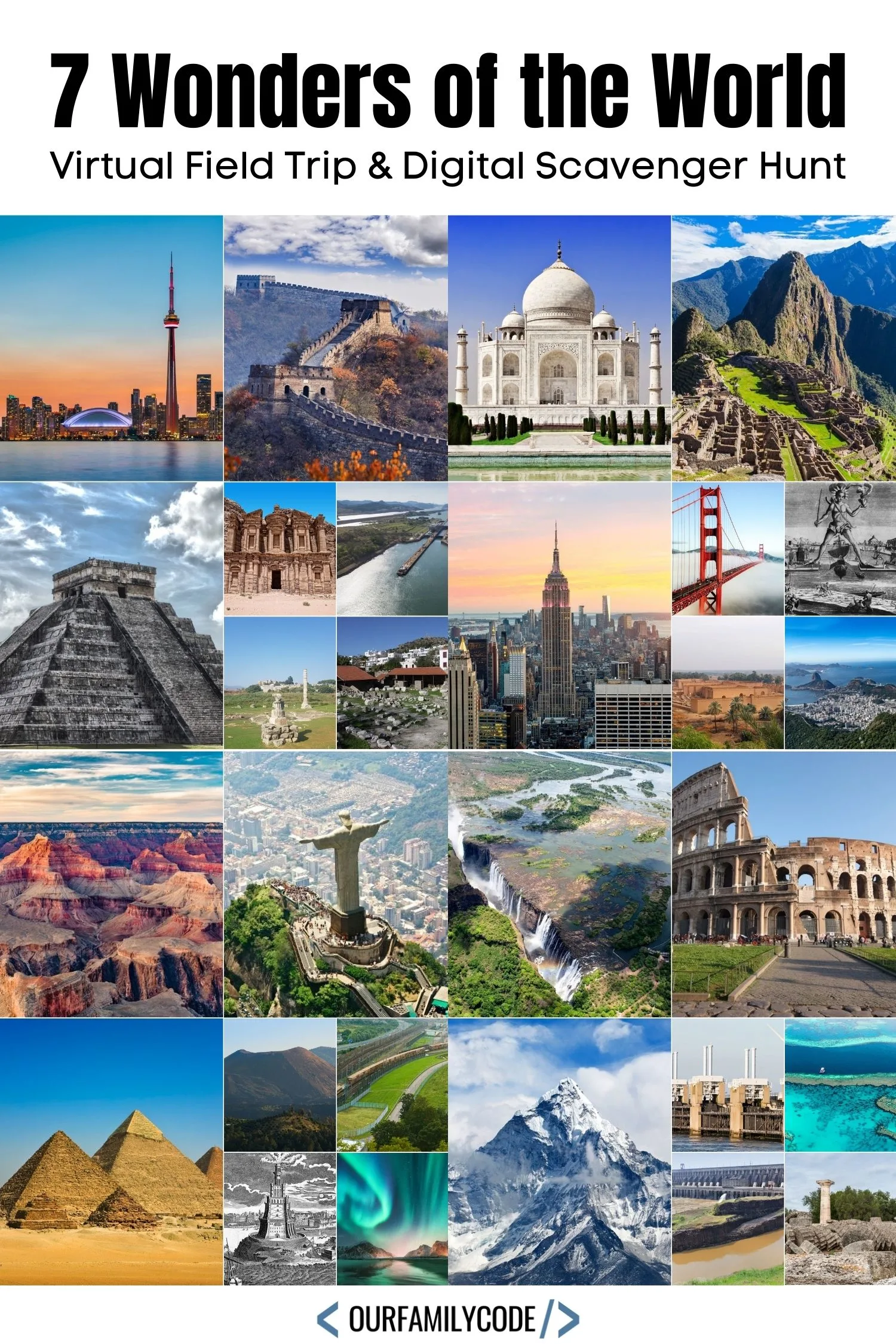
Google Classroom Activities
Check out these virtual field trips, digital scavenger hunts, coding activities, and Google classroom activities for kids!
Coral Reef Virtual Dive Digital Scavenger Hunt Activity
Go on a coral reef virtual dive around the world and use the sights you see to complete the digital scavenger hunt!
Make Digital Mondrian Art in Google Sheets
Make Digital Mondrian art using Google Sheets with this Math + Art + Tech activity perfect for upper elementary students!
Meet Toni, the Maker Mom behind Our Family Code

Hey there, I’m Toni! I’m a software engineer and Maker Mom that finds my joy in unleashing my children’s curiosity by exploring STEAM concepts with my fantastic five!
When I’m not chasing toddlers or raising tweens, you can find me tearing things up and putting them back together over here at Our Family Code.
I am the owner and content creator of multiple educational websites designed to increase access to STEAM & STEM education with a focus on teaching computer science and coding to kids of all ages!
You can also find out more about me by visiting ToniGardner.com!
